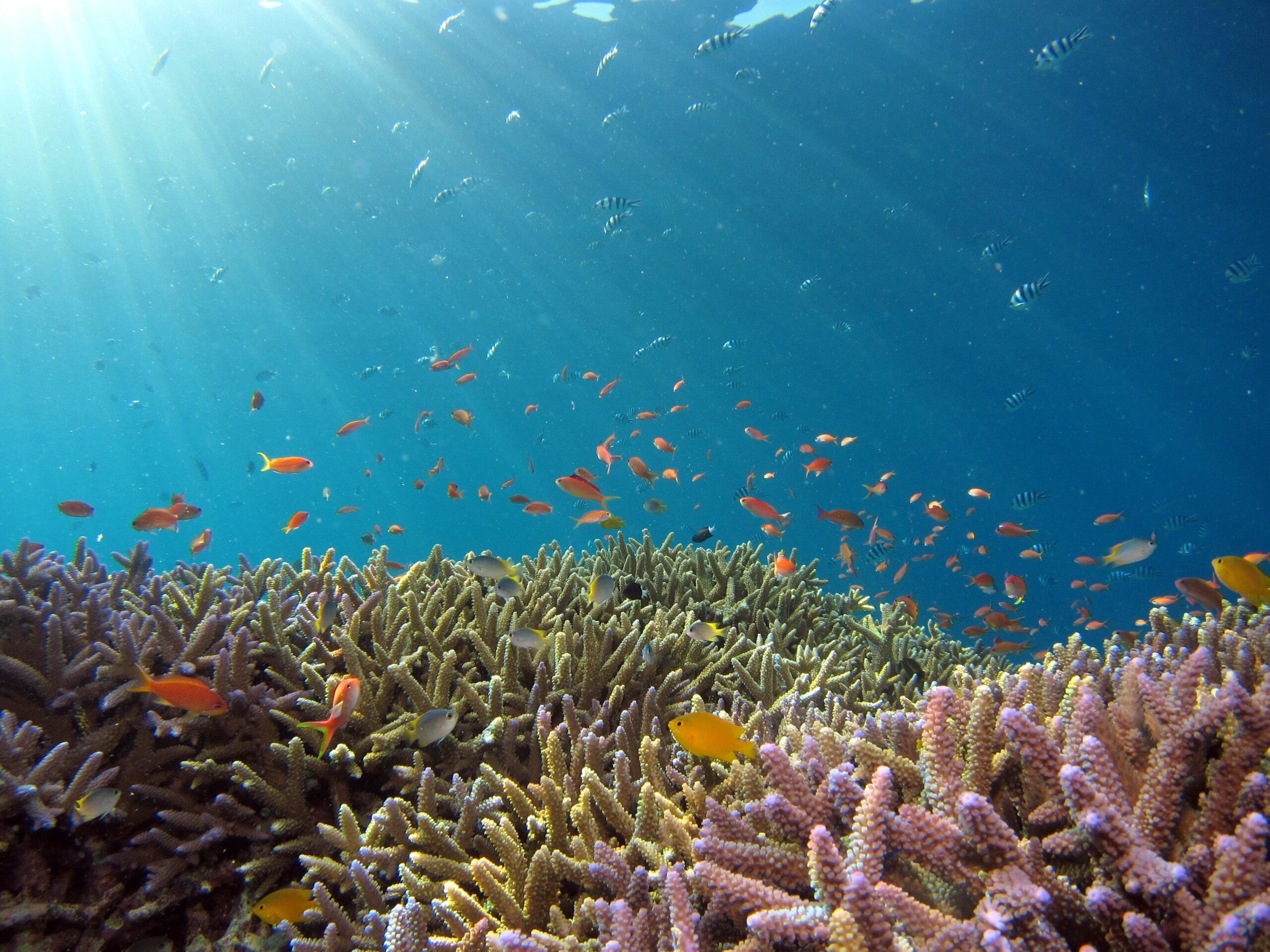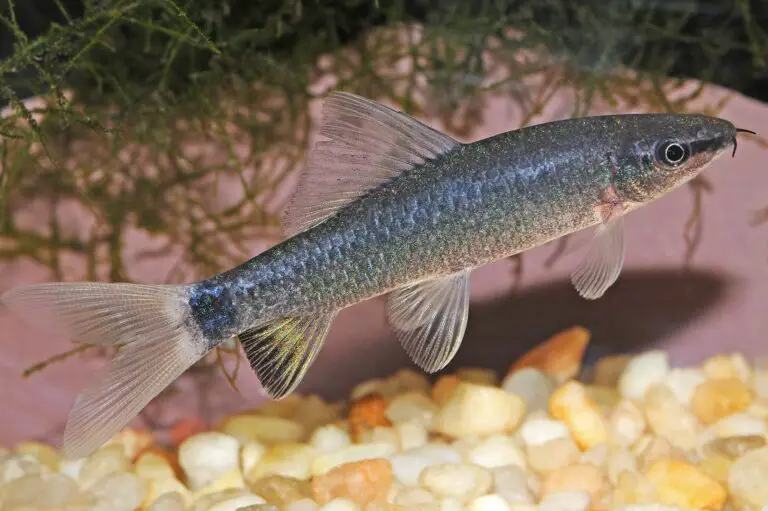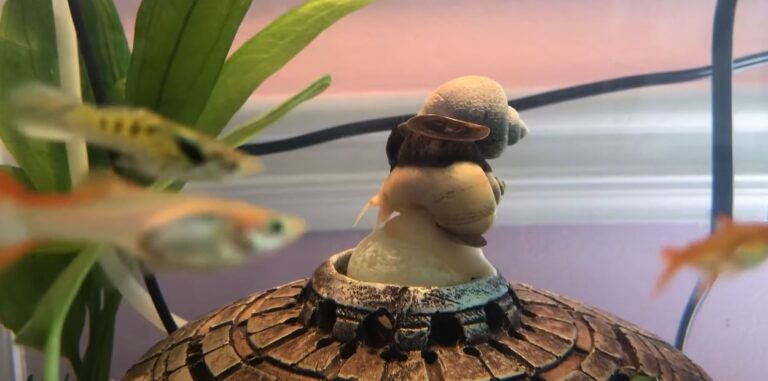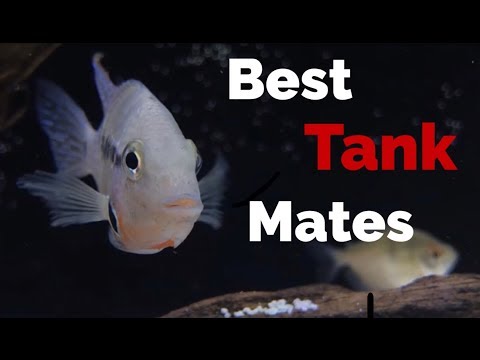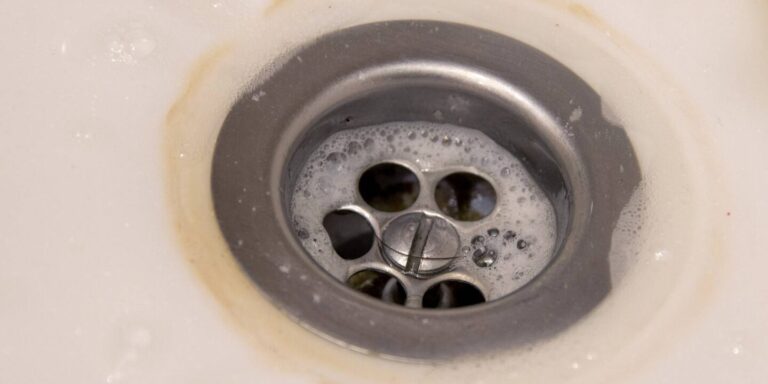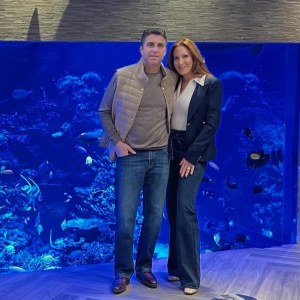Why is My Sea Anemone Shrinking? (13 Causes and Solutions)
Sea anemones shrink due to environmental stressors such as changes in water temperature, lack of food and insufficient lighting. Shrinking is an indicator that something is wrong with their environment or care.
Sea anemones are fascinating creatures that can add a beautiful touch to your aquarium. However, watchers may wonder why their anemones are shrinking. Sea anemones are sensitive creatures that require specific care and water parameters to thrive. When exposed to stressors like poor water quality, changes in the water temperature, lack of food, or insufficient lighting, anemones often exhibit physical changes such as shrinking. If you notice that your anemone is shrinking, it is essential to take immediate action to identify and rectify the underlying cause. This article will explore the reasons behind anemone shrinking and what to do to prevent it.

Credit: baynature.org
Factors That Can Cause Sea Anemones To Shrink
Sea anemones are beautiful creatures that grace our aquariums with their impressive colors and unique shape. However, sometimes they may appear to be shrunken, and this can be alarming to an aquarium owner. There are various factors that can cause sea anemones to shrink, such as poor water quality, improper lighting, lack of nutrients, and environmental stressors.
Poor Water Quality
Maintaining clean and stable water conditions is crucial for the survival of sea anemones. Poor water quality can cause stress and weaken their immune system, making them vulnerable to diseases that can cause them to shrink.
- Overfeeding: overfeeding can cause excess waste that may lead to high ammonia levels, which can be toxic to sea anemones.
- Lack of filtration: insufficient filtration or lack of water circulation can cause waste buildup that can also result in high ammonia levels.
- High nitrate levels: high nitrate levels can be harmful to sea anemones and lead to stunted growth, discoloration, and shrinking.
Improper Lighting
Lighting plays a vital role in the growth and survival of sea anemones. It is crucial to provide appropriate lighting conditions that simulate the natural environment of the sea anemones.
- Light intensity: insufficient light intensity can hinder the photosynthetic process in the zooxanthellae, which are algae that live inside the sea anemones. This can cause the sea anemones to lose their color and shrink.
- Spectral quality: proper spectral quality is essential to promote healthy growth and coloration of sea anemones. Choose a light source that provides a full spectrum of light that simulates sunlight.
- Duration: inappropriate lighting duration can also cause sea anemones to shrink. It is crucial to provide a light cycle that mimics the natural environment, which is an average of 10-12 hours of light per day.
Lack Of Nutrients
Sea anemones require proper nutrition to grow and thrive. A lack of proper nutrients can cause the sea anemones to shrink and become weak.
- Inadequate feeding: sea anemones require proper feeding to get the nutrients they need. Inadequate feeding can lead to malnutrition and shrinkage.
- Poor quality food: feeding poor quality food can also lead to nutrient deficiency. Always choose high-quality food that meets the nutritional requirements of your sea anemones.
Environmental Stressors
Sea anemones are delicate creatures that are highly sensitive to environmental changes. Stressful conditions can cause them to shrink and become weak.
- Temperature changes: rapid temperature changes in the aquarium can cause stress to the sea anemones that can result in shrinkage.
- Chemical toxins: chemical toxins such as copper, medications or pesticides added to the aquarium can harm the sea anemones and cause them to shrink.
- Physical stressors: physical stress such as handling or transfer of the sea anemones can cause them to shrink due to stress.
Taking care of sea anemones can be a challenging task, but the reward of having these beautiful creatures in your aquarium is worth the effort. By maintaining clean water conditions, appropriate lighting, providing proper nutrition, and avoiding environmental stressors, you can help keep your sea anemones healthy and happy.
Addressing The Causes Of Shrinking Sea Anemones
Sea anemones are fascinating underwater creatures, known for their colorful appearance and unique feeding habits. However, if you’re a sea anemone enthusiast, you may have noticed that your pet’s shape and size seem to be decreasing. This can be caused by a number of factors, including water quality, lighting conditions, nutrient levels, and environmental stressors.
Here are a few things to keep in mind when trying to prevent your sea anemone from shrinking.
Adjusting Water Quality
Water quality is critical for a sea anemone’s survival. Poor water quality can lead to a decrease in size and can even be fatal.
- Maintain salinity levels of the water at 1. 023-1. 024 specific gravity.
- Regularly check ph levels, which should consistently be between 8. 1 – 8. 4.
- Keep nitrate and phosphate levels to a minimum.
Proper Lighting Conditions
For a sea anemone, proper lighting conditions are essential to survival. They need a well-lit environment to function properly.
- Use appropriate lighting; led lights are a great choice as they provide the necessary light spectrum.
- Make sure the anemone is not too close to the surface of the water as that may cause excessive heat.
- Maintain a consistent light cycle – 12-14 hours of light and 10-12 hours of darkness is recommended.
Providing Adequate Nutrients
Nutrient deficiency is another factor which can lead to shrinking sea anemones.
- Feed your anemone regular meals that are specific to their dietary requirements.
- Use high-quality food, like shrimp, mussels, and other meaty foods that are rich in protein and vitamins.
- Make sure the food is small enough to be ingested by the anemone.
Addressing Environmental Stressors
Environmental stressors can also contribute to the shrinking of sea anemones.
- Regularly check the water temperature and maintain it between 72-78°f.
- Keep the anemone’s environment calm, as any excessive water currents or movement can cause stress.
- Keep an eye out for predators, as they can cause stress to your sea anemone.
By keeping these points in mind and taking proper precautions, you can minimize the risk of your sea anemone shrinking and help them live a long and healthy life.
Sea anemone shrinks like a balloon writhing and wriggling as it retracts
Tips For Maintaining Healthy Sea Anemones
Sea anemones are fascinating creatures that can add beauty and diversity to your aquarium, but what can be done when you start noticing that your sea anemone appears to be shrinking? This can be a cause for concern, but luckily, there are several tips that you can follow to maintain healthy sea anemones.
Proper Aquarium Placement
The correct placement of your aquarium is essential in maintaining healthy sea anemones. Place your aquarium away from any direct sunlight as this can promote the growth of unwanted algae, and it can also cause temperature fluctuations that are harmful to sea anemones.
Furthermore, make sure that your tank is placed in a location where it won’t be exposed to pollutants in the air, such as cigarette smoke.
Regular Maintenance Routine
A regular maintenance routine is crucial in ensuring healthy sea anemones. You should perform partial water changes frequently, make sure your aquarium filtration system is working correctly, and clean the aquarium’s gravel, glass, and decorations regularly. Removing any waste and uneaten food will maintain the water quality and reduce the risk of algae growth.
Proper Feeding Habits
Sea anemones need proper feeding habits to stay healthy. They require a balanced diet of both meaty foods and algae, and you should try to feed them several small meals rather than one large meal to avoid overfeeding. It’s also essential to ensure that the food you are feeding them is appropriate for their size, and you should never overfeed your sea anemones.
Consistent Monitoring Of Water Parameters
It’s crucial to consistently monitor the water parameters to maintain healthy sea anemones. You should keep a close eye on the ammonia, nitrite, and nitrate levels in the water and make any necessary adjustments to maintain stable levels. Additionally, you should ensure that the temperature, ph, and salinity levels in the aquarium remain constant to prevent any adverse effects on your sea anemone’s health.
Avoiding Overcrowding
Overcrowding can lead to unhealthy sea anemones. Make sure that each sea anemone has enough space to move around comfortably, and avoid adding too many fish or other marine life to the aquarium. Overcrowding can lead to poor water quality, which can result in stress and disease in sea anemones.
Maintaining healthy sea anemones is crucial in ensuring a thriving aquarium. Follow the tips above for proper aquarium placement, a regular maintenance routine, proper feeding habits, consistent monitoring of water parameters, and avoiding overcrowding. By following these steps, you can enjoy a beautiful and healthy sea anemone as part of your aquarium’s diversity.
Frequently Asked Questions On Why Is My Sea Anemone Shrinking
Why Is My Sea Anemone Shrinking?
Sea anemone can shrink due to multiple problems like starvation, water changes, insufficient light, and poor water quality.
How Can I Stop My Sea Anemone From Shrinking?
To stop your sea anemone from shrinking, you’ll need to adjust its environment, including food intake, water quality, and light exposure.
What Should I Feed My Sea Anemone?
Sea anemones are carnivores, so you should feed them a protein-rich diet, like small pieces of shrimp, krill, or shellfish.
How Often Should I Feed My Sea Anemone?
Feed your sea anemone several times a week, and adjust it to a schedule suitable for your species.
How Can I Maintain An Optimal Water Quality For My Sea Anemone?
Do regular water tests, ensure proper filtration, change some of the water every week, and stabilize the water’s temperature.
Conclusion
As we come to the end of this blog post, we hope that you have learned more about why your sea anemone may be shrinking. Remember that keeping anemones requires special attention to their environmental needs such as water parameters and adequate lighting.
Inadequate nutrition is another factor that can impact the size and overall health of anemones. Additionally, predatory behavior from tank mates or physical damage can cause stress that results in shrinking. It is essential to monitor your anemones regularly to catch any symptoms of shrinking or other health issues early on.
